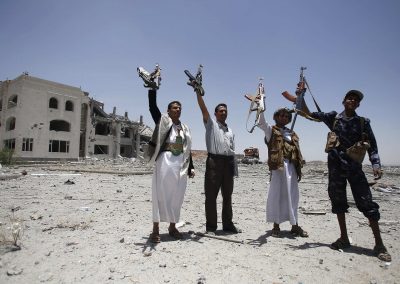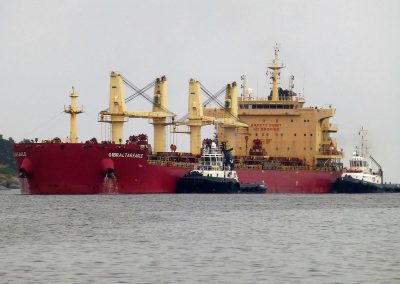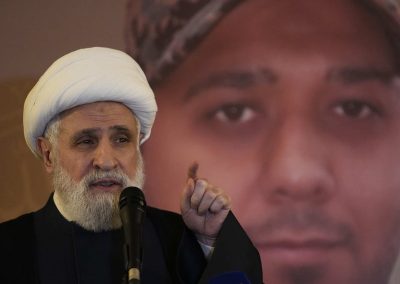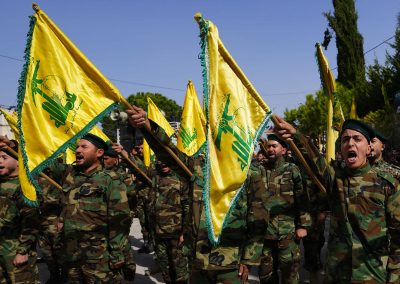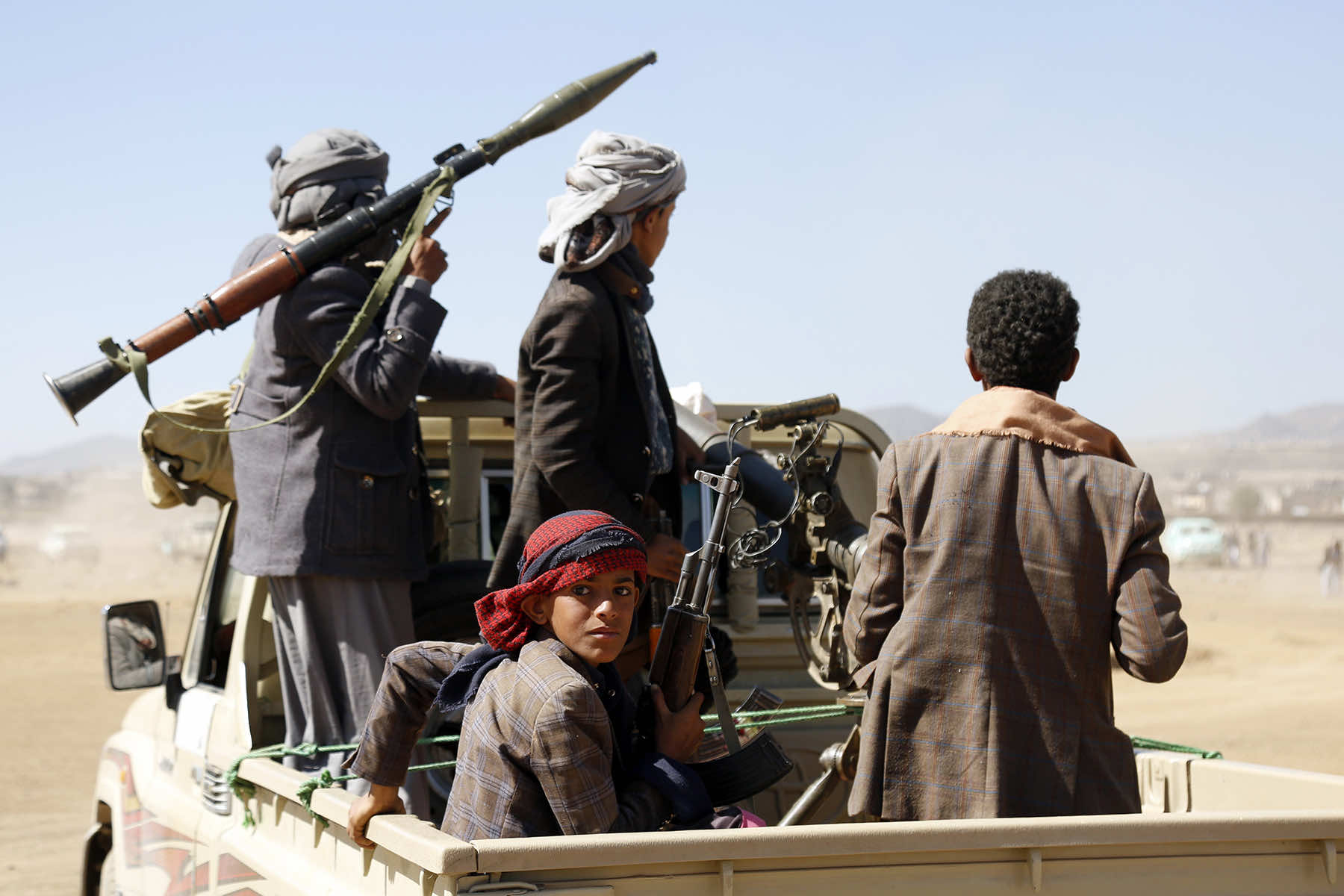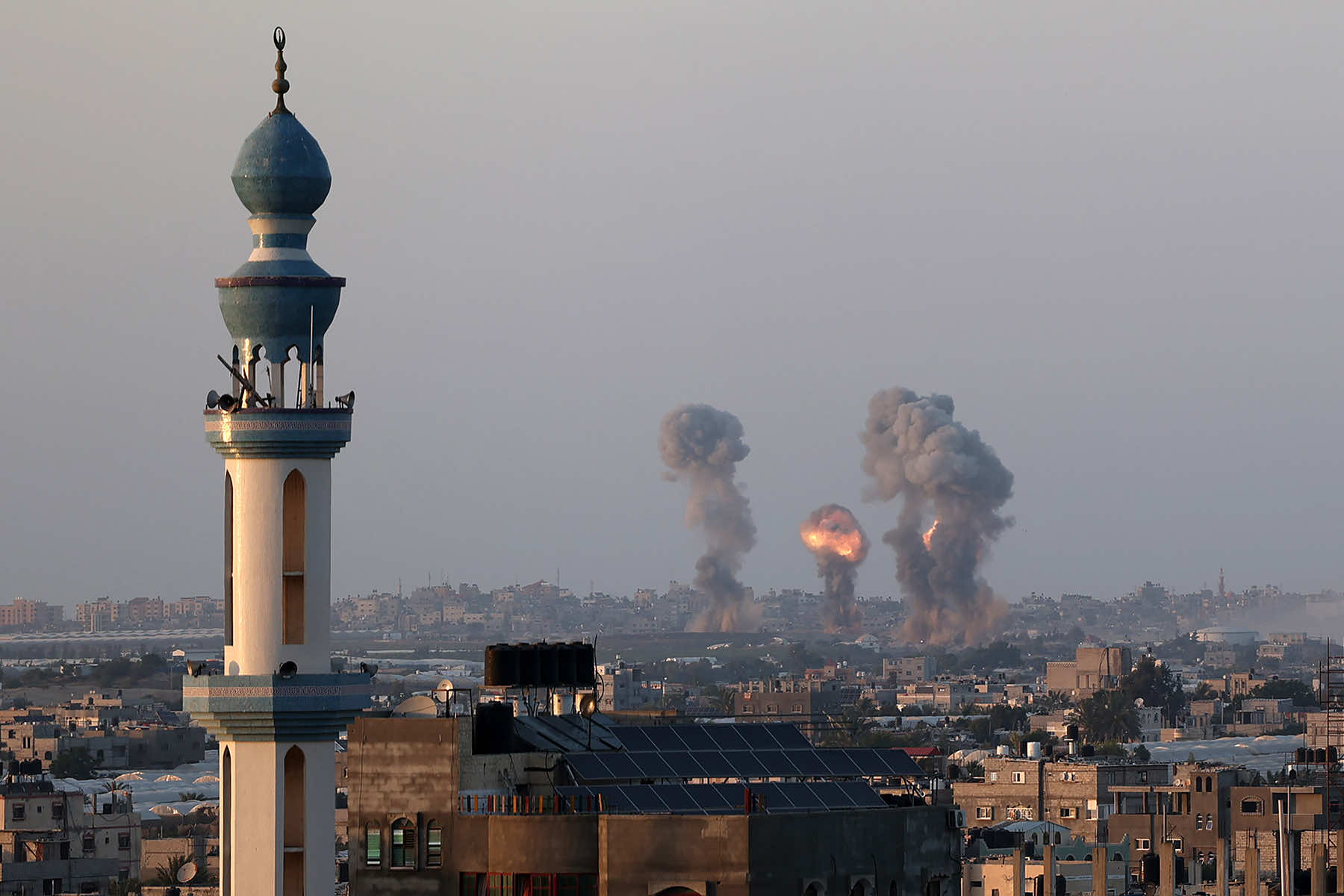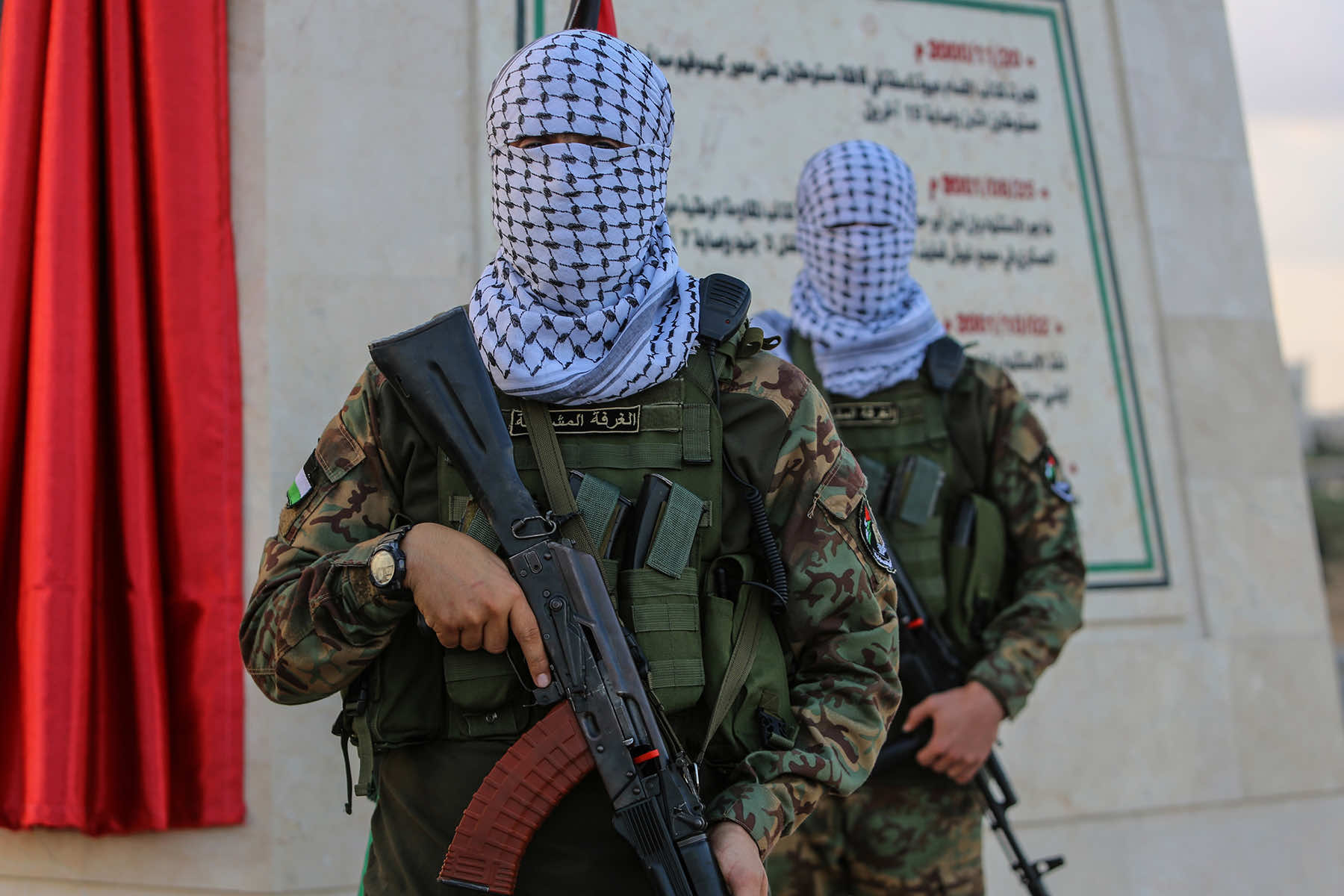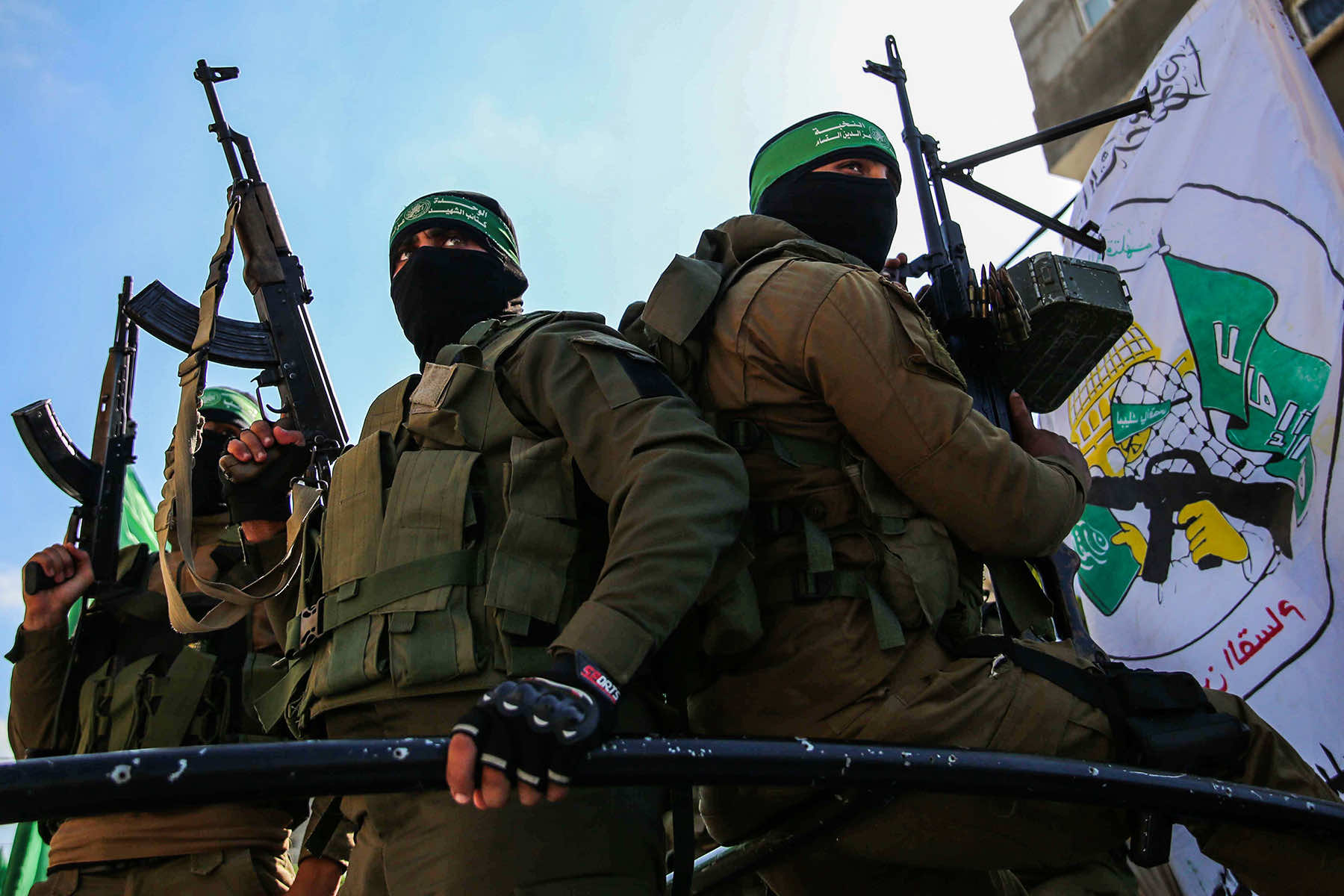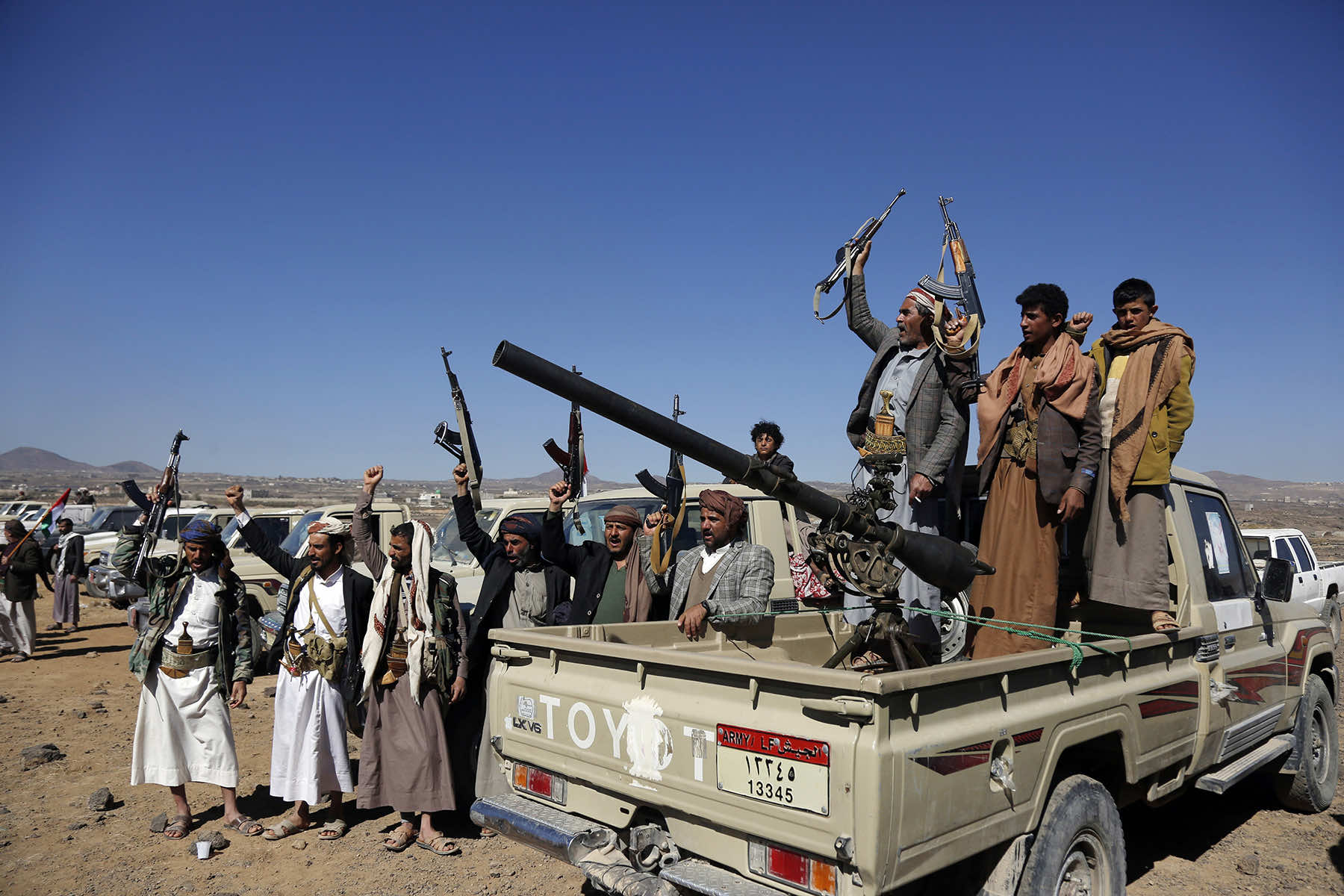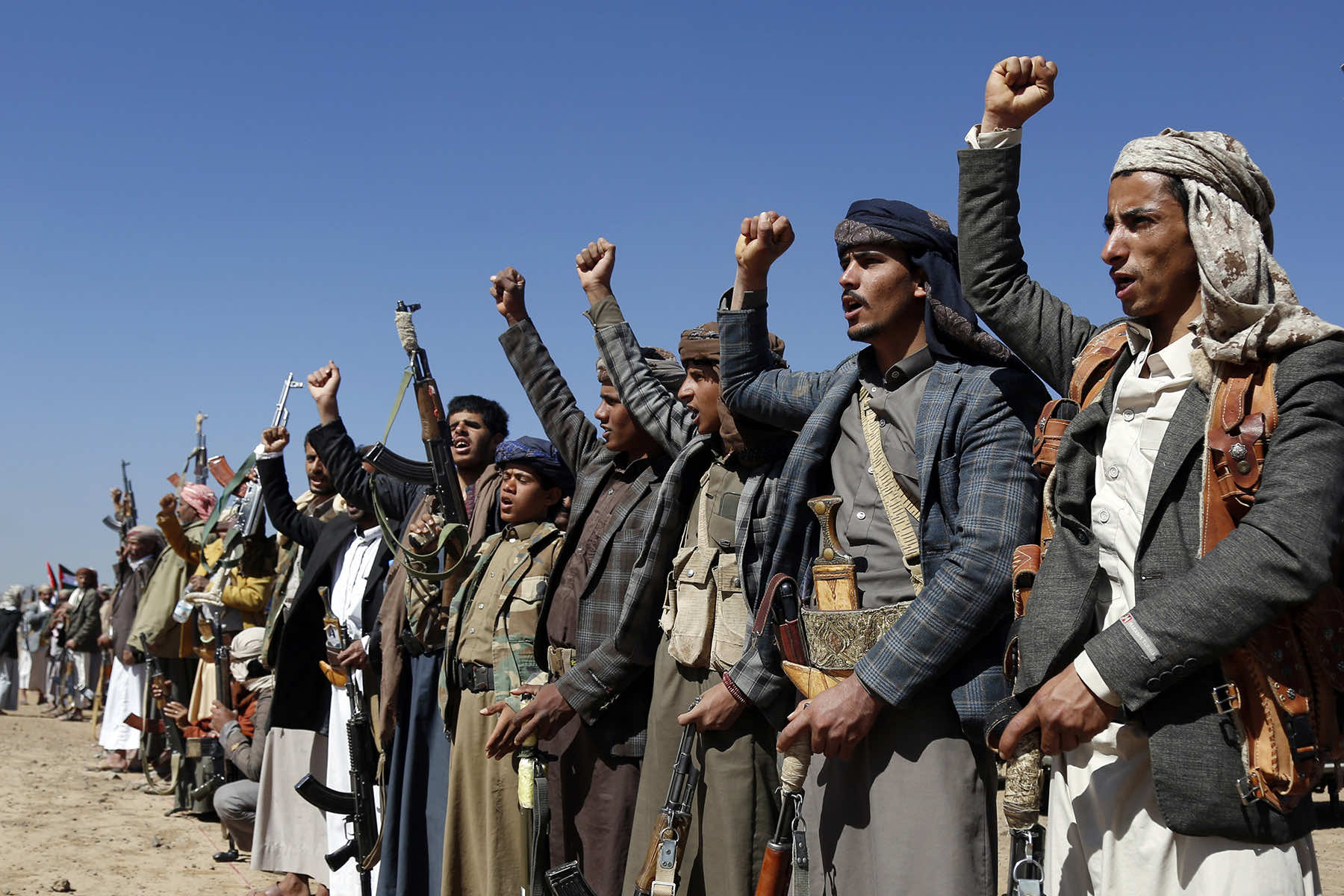
A region long synonymous with volatile politics and a tangled religious history, the Middle East entered 2024 grappling with a complex confluence of conflicts that stretch across national borders and ideologies.
The current clash of regional powers, sectarian divides, and shadowy involvement of external nations reflects deep-rooted disputes that make any resolution a challenge. From the prolonged Syrian Civil War to the intricate dynamics of the Israeli-Palestinian conflict, the region remains a focal point of international tensions with a direct impact on Milwaukee.
Since the beginning of the year, missiles, rockets, and drones have hit targets around the Middle East. A senior Hezbollah figure was killed by an Israeli airstrike, as the United States clashed with Iran-allied militant groups attacking the vital Red Sea shipping lanes.
The Red Sea is a crucial maritime passage for the global transportation of goods. Known as a hub for thriving manufacturing industries, Milwaukee’s economy has not been immune in the past to the consequences of instability thousands of miles away.
While the Gaza-based Hamas militant group battles for its survival, it is not alone in its stranglehold on power. And by launching a brutal campaign to eliminate Hamas as a fighting force, Israel’s rightwing Prime Minister Benjamin Netanyahu has drawn American leaders and U.S. military resources into the trap of confronting simultaneous attacks from various militant factions.
Attacks from the alliance of armed groups linked with Iran that the U.S. is currently scrambling to quell include Hamas in Gaza, a powerful Hezbollah – the dominant force in Lebanon, smaller militias in Iraq and Syria, and the Houthis in the poor Arabian peninsula country of Yemen, who are sometimes seen as more of the loose cannons of the alliance.
All the groups have escalated attacks on U.S., Israeli, or global targets within their reach since Netanyahu began bombing Gaza to dust after the deadly October 7 cross-border raid by Hamas militants.
The aim of Iran, in addition to being a proxy for Russia’s bloody two-year full-scale invasion of Ukraine, has been to distract the focus of the U.S., and make the military, economic, and political costs of continuing the war against Palestinians too great. Adding to the challenge are Trump-allied MAGA Republicans in Congress, who have held Ukrainian aid hostage by conflating it with aid for Israel and radical demands for Mexico-U.S. border repression.
As events unfolded across the Middle East since October 7, experts and policymakers have shared growing concerns about the potential impact to Milwaukee’s economy and the lives of its residents in diverse communities.
One of the immediate concerns is the effect on oil prices. Any disruption in the supply chain could cause oil prices to spike globally. Milwaukee’s industries, from manufacturing to transportation, rely heavily on affordable energy sources. An increase in oil prices could drive up production costs, leading to potential job losses and increased expenses for businesses and consumers.
Beyond the economic implications, Milwaukee’s diverse community – including individuals with family ties to the Middle East – has already experienced heightened concerns and emotional stress due to the instability in their countries of origin.
Milwaukee is home to many immigrant communities, including individuals who have fled Middle Eastern conflict zones. Local organizations and community leaders have advocated for the safety and well-being of all those displaced residents for many years.
The international community has remained deeply involved, yet divided on approaches to resolve these conflicts. The United Nations and various regional organizations continue their efforts to mediate and provide humanitarian aid, but complexities make any significant progress challenging.
Syria’s Endless Struggle
In Syria, the Civil War, which erupted in 2011, continues with no end in sight. Despite various international efforts to broker peace, the Assad regime maintains its grip, albeit in a country left in ruins. The humanitarian crisis deepens as millions remain displaced within and outside the country, and efforts to rebuild are continually hampered by ongoing violence.
Israeli-Palestinian Conflict: An Unresolved Equation
The Israeli-Palestinian conflict remains one of the most enduring and complex in the region. Despite various peace initiatives, the situation has stagnated with sporadic outbreaks of violence. The international community remains divided on the approach, in part stalled by Netanyahu’s efforts to stay in power for the better part of two decades. Netanyahu weaponized political tactics, such as supporting Jewish settlers in Palestinian lands. He has also delayed Palestinian statehood indefinitely, and allowed aid to be directed to Hamas to destabilize the Palestinian Authority.
Iran’s Nuclear Ambitions and Regional Tensions
Iran’s nuclear program continues to be a point of contention. Efforts to revive the 2015 nuclear deal that Trump dismantled for his own financial interests have faced numerous setbacks, contributing to heightened tensions with the U.S. and its allies. Iran’s influence in regional conflicts, particularly in supporting proxy groups in Yemen, Lebanon, and Syria, adds layers to the already complex regional dynamics.
Hosting insurgents: Pakistan’s Sunni-majority
With Iran a predominantly Shia Muslim country and Pakistan largely Sunni Muslim, the violent activities of militant groups operating along their shared border have exacerbated tensions and allowed shadow players to pursue their own interests. Saudi Arabia, which is Iran’s regional arch-rival, has been heavily engaged in a proxy war since the late 1970s.
The Yemen Crisis: A Proxy Battlefield
Yemen remains embroiled in a devastating conflict that has turned into a proxy war involving regional powers. The humanitarian situation is dire, with millions facing famine and disease. Efforts to resolve the conflict have been undermined by the interests of the involved parties, including Saudi Arabia and Iran.
Iraq and ISIS: A Lingering Threat
Iraq continues to face challenges in ensuring stability post-ISIS. While the territorial caliphate of ISIS has been dismantled, the group remains active through insurgent attacks. Iraq’s political landscape is fragile, with internal divisions and external influences complicating governance and reconstruction efforts.
Lebanon’s Economic Collapse
Lebanon’s financial problems have led to widespread social unrest and political instability. The country, facing one of the worst economic crises in its history, struggles with a paralyzed political system, hyperinflation, and a massive public debt, exacerbating the living conditions of its population.
Turkish Interests and Influence
Türkiye’s regional ambitions under President Erdogan continue to shape its foreign policy. Its involvement in Syria, tensions with Greece and Cyprus in the Eastern Mediterranean, and its role in the Libyan conflict underscore Türkiye’s strategic interests in extending its influence across the region.
The Gulf States: Navigating a New Era
The Gulf States, particularly Saudi Arabia and the UAE, are navigating a new era of regional politics. Their approach to Iran, involvement in the Yemen conflict, and the normalization of ties with Israel, reflect a changing geopolitical landscape that seeks to balance traditional alliances with emerging realities.
The U.S. Role in the Middle East
The United States, under the Biden administration, continues to reassess its role in the Middle East. Balancing strategic interests with the desire to reduce military involvement, the U.S. faces challenges in addressing the many conflicts in the region while navigating its relations with key players like Saudi Arabia, Israel, and Iran.
Putin’s Strategic Play
Amid these conflicts, Russian dictator Putin has seen an opportunity. By deepening ties with key players like Iran and Syria, Russia is attempting to create a strategic buffer and diversify its alliances, as it endures Western sanctions and diplomatic isolation over Ukraine. Russia’s military and economic support for Iran, especially in the face of Western pressure, has been a cornerstone of this strategy. Iran’s influence in various Middle Eastern conflicts, coupled with its advancements in military technology, offers Russia potential indirect leverage in its Ukrainian campaign. Its involvement in Syria has also provided Russia with a strategic foothold in the Middle East, allowing Putin to project Russian power and influence in the region. This presence is seen as a counterbalance to NATO’s influence in Eastern Europe.
Implications for Ukraine
For Ukraine, the ramifications are significant. Russia’s strengthened relationships in the Middle East have already translated into enhanced military capabilities, complicating the West’s efforts to counter Russian advances in Eastern Europe. The potential for military technology transfers, particularly in areas such as drone warfare and cyber capabilities, poses new challenges for Ukrainian defenses.
How the power grabs play out
As 2024 unfolds, the future of the Middle East is likely to be characterized by a mix of continued geopolitical tensions. Milwaukee’s Muslim and Jewish communities are expected to face significant challenges, due to their deep cultural, familial, and emotional ties to the region. The city could also potentially see an influx of refugees or immigrants from affected areas across the Middle East, which would have an impact on the demographic and cultural landscape of Milwaukee.
© Photo
Lee Matz

